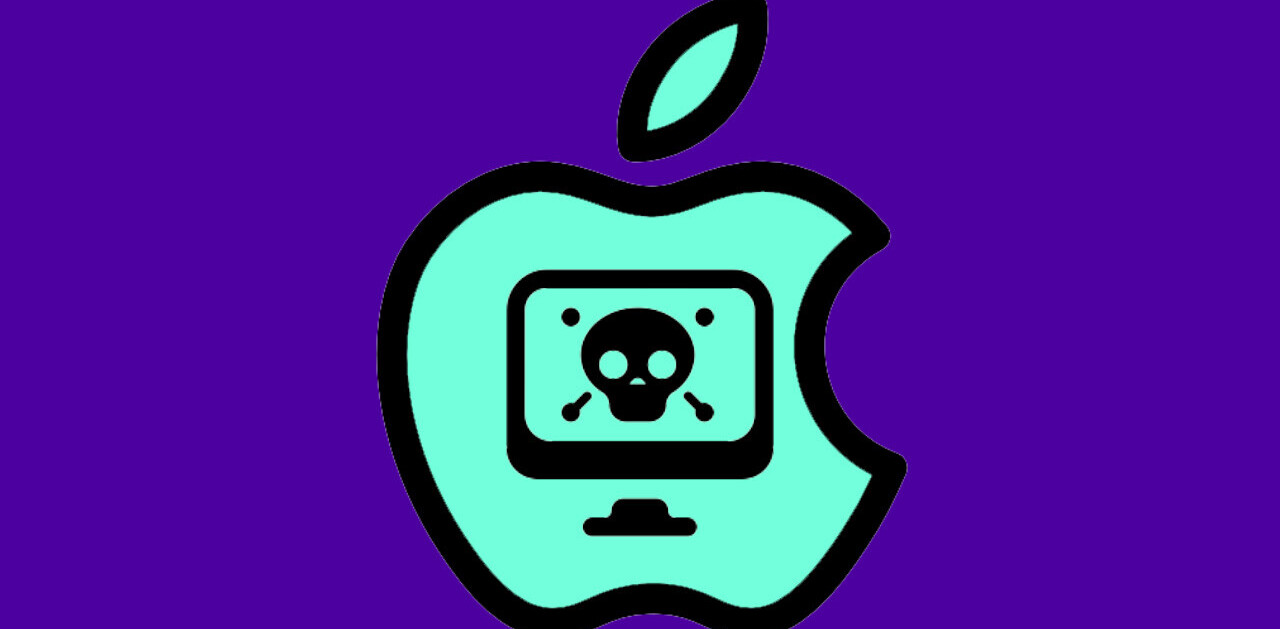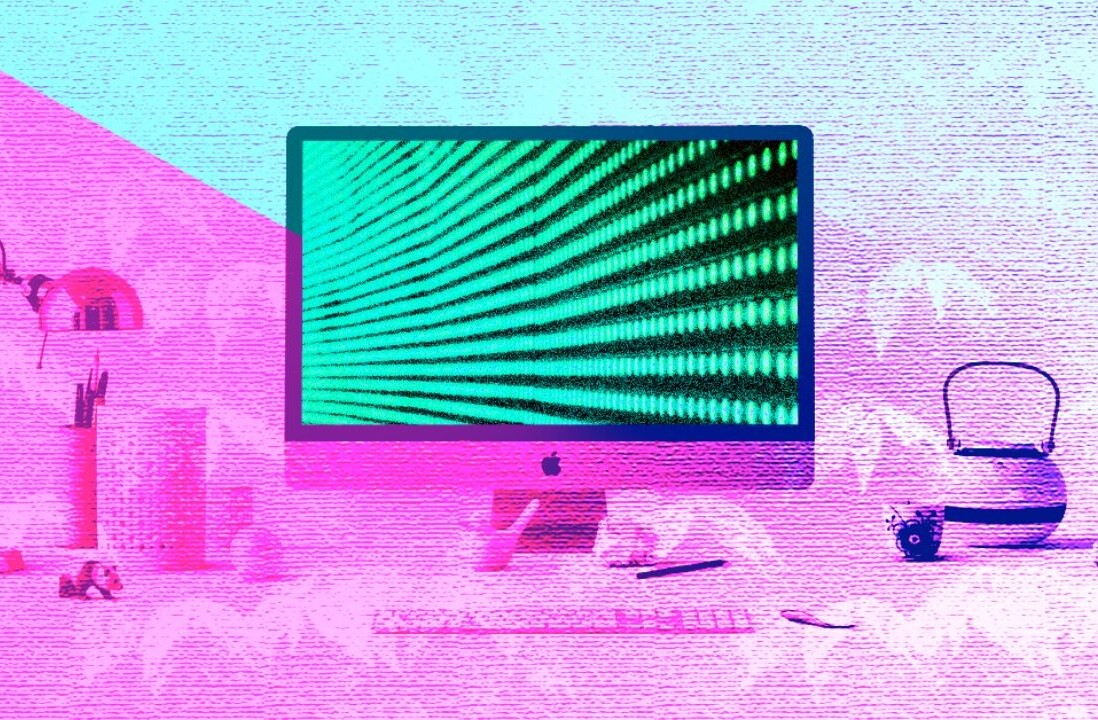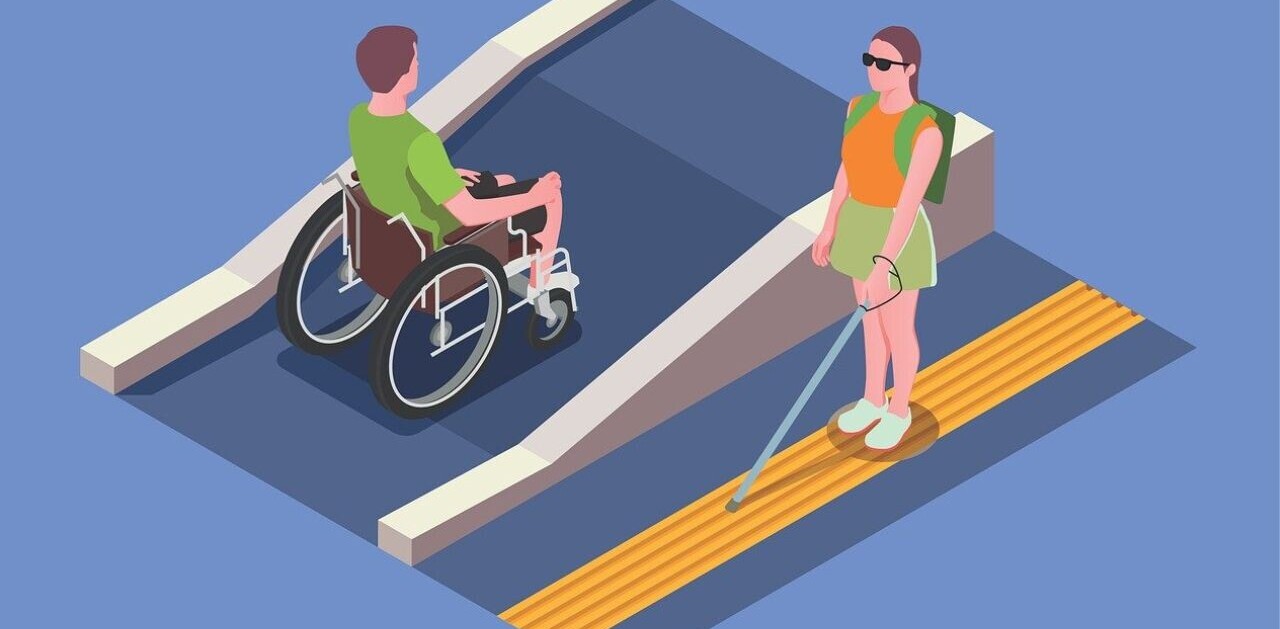
Did you know TNW Conference has a track fully dedicated to bringing the biggest names in tech to showcase inspiring talks from those driving the future of technology this year? Nir Eyal, who authored this piece, is one of the speakers. Check out the full ‘Impact‘ program here.
I don’t usually write about personal and revealing matters, but recently I’ve noticed something I don’t like about myself — I check email too often.
This confession doesn’t come easily, because, ironically, I am the author of a book titled Hooked: How to Build Habit-Forming Products. It is a guidebook for designing technology people can’t put down. There’s just one problem — I can’t put my technology down.
I ritually check email when I wake up in the morning. If I’m out to lunch, I’ll sneak a peek on my way to the restroom. I even look at my email when stopped at a red light. Most troubling, I catch myself emailing instead of being fully present with the people I love most. My daughter recently caught me scrolling on my iPhone and asked, “Daddy, why are you on your phone so much?” I didn’t have a good answer.
I wish I could say I’m in full control of my habits, but I’m not. Although I know exactly why digital gadgets hook us (I wrote a book on it, after all), that hasn’t stopped me from overusing. It’s not that email is bad per se; it’s a tool like any other. Rather, I’ve recently noticed that how and when I use this tool is hurting me instead of helping, and I’ve decided something needs to change.
Of course, you pick your compulsion. What one person finds engrossing is utterly boring to someone else. Video games, spectator sports, social media, television, and email compel some and repel others. So it is.
Not everyone struggles with email like I do, but my hope is that I can share some generalizable lessons. Here are a few ways I’m tackling my problem, using what I know about the psychology of habits.
Getting unhooked
In my book, Hooked, I describe how products form habits — behaviors done with little or no conscious thought. The impulse to use these products attaches to what I call an internal trigger. Internal triggers are cues informed by mental associations and memories. Certain places, situations, routines, and most frequently, uncomfortable emotions all act as internal triggers. When we’re lonely, we check Facebook. When we’re uncertain, we Google. And when we’re bored, we check YouTube, sports scores, Pinterest, or any number of other digital distractions.
In my case, my unconscious email checking coincides with a particularly uncomfortable sensation. The urge to check is hardest to resist whenever I feel I should be elsewhere.
This cognitive itch comes in barely perceptible waves of anxiety prompted by unanswered questions. Is there something important waiting for me in my inbox? Perhaps good news? Perhaps bad? Maybe a quick response would scratch the itch to check? Even as I write this I feel the urge to check email.
The holidays didn’t help. The extended time away from work meant emails piled up unanswered. Furthermore, the potent mix of uncomfortable small talk with rarely seen relatives created a cocktail of dull disquietude. I felt the urge to check as kin grasped for something to say between the forced smiles, sips of wine, and shuffling feet.
While older members of the clan plugged the awkward pauses in conversation by bringing cocktail glasses to lips, the 20-somethings planted screens to faces. I realized we were all conceivably using our booze and our phones for the same reason — a brief escape from a restless reality.
Recognizing the internal trigger prompting the habit helped me confront the urge. Although I haven’t quite figured out what to do with the social anxiety and need to escape quite yet, I’m attempting to become more aware of it. Simply acknowledging the sensation can be a way of disarming the power of the trigger.
Burying the triggers
I have been looking for practical ways to put my mind at ease. For one, I have designated time on my calendar for email. I now schedule a daily meeting with my inbox, as opposed to letting messages barge into my life throughout the day. When I feel the need to check, I remind myself I’ll get to it soon and that there’s an apportioned time for it.
While internal triggers cue behaviors through mental associations, there is another type of trigger I have to deal with if I want to break the habit. External triggers prompt action by telling the user what to do next. The notifications, icons, and buttons we see throughout our day tell us to check, open, and respond. Sometimes these notifications are helpful, other times they are not. These digital tidbits can needlessly distract us.
I knew what I had to do — remove the external triggers prompting me to check email. However, actually doing what I knew had to be done was harder than I expected.
I’d stopped charging my phone by my bed for some time, so that was no longer a problem. But to go a step further, I turned off email notifications on my phone. Not seeing the red jewel hovering over the Gmail app icon on my phone would reduce the temptation, or so I thought.
Unfortunately, that idea backfired. The app icon was still on the home screen, implicitly telling me what to do every time I used my phone. “Open me! I have something special for you!” it seemed to scream.
Although I can’t kill the email app on my iPhone completely (Apple doesn’t allow it), I did the next best thing. I buried it.
Dr. BJ Fogg of Stanford’s Persuasive Technology Lab posits that making a behavior harder to do makes it less likely to occur. I looked for ways to make opening email more difficult. Surprisingly, I found just adding a few extra steps makes me less likely to check my email.
By moving the email icon to the second page of a nested group, opening the app requires a bit more effort. Opposed to the one tap needed to open it before, now I need to open the group, swipe to the right, and tap on the app. Remarkably, adding just two more steps actually makes a difference. Not only is Gmail no longer staring me in the face every time I check my phone, but the extra steps give me a bit more time to think about whether opening email is really necessary at that moment.
Ebbing the flow
Finally, I looked for ways to reduce the number of incoming messages. The fewer messages that come in, the less tempted I am to respond.
First, I turned on my email’s vacation responder so that everyone who emails me receives an automatic reply, even when I’m not on vacation. My immediate return message includes a list of answers to questions I frequently receive. For example, I discovered that a sizable chunk of emails are from readers and entrepreneurs who’d like to know how to schedule time to talk with me. Instead of attempting to slog through the dozens of email volleys, I provide a link to an online calendar anyone can use to schedule time with me.
The robo responder helps reduce email volume by directing people with appropriate information, as well as reducing the inevitable email flurry that follows a subject line such as, “Time to chat?”
A work in progress
This is uncharted territory for me. I usually stick to teaching businesses how to make their products stickier, and since most companies struggle with customer engagement, my work has been eagerly received. However, in this case, I want to be free of the urge to overuse technology.
When it comes to wrestling back control over digital devices, I admit I don’t have all the answers (yet). What I do know is that I’d like to change this aspect of my life. Figuring out when, where, and how to use technology is still an open question, both personally and societally. What we all want is to control our habits, rather than allow them to control us.
Get the TNW newsletter
Get the most important tech news in your inbox each week.





